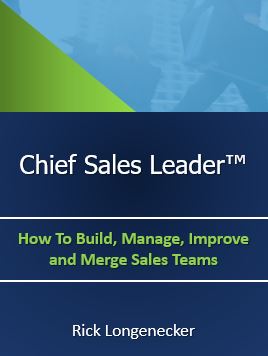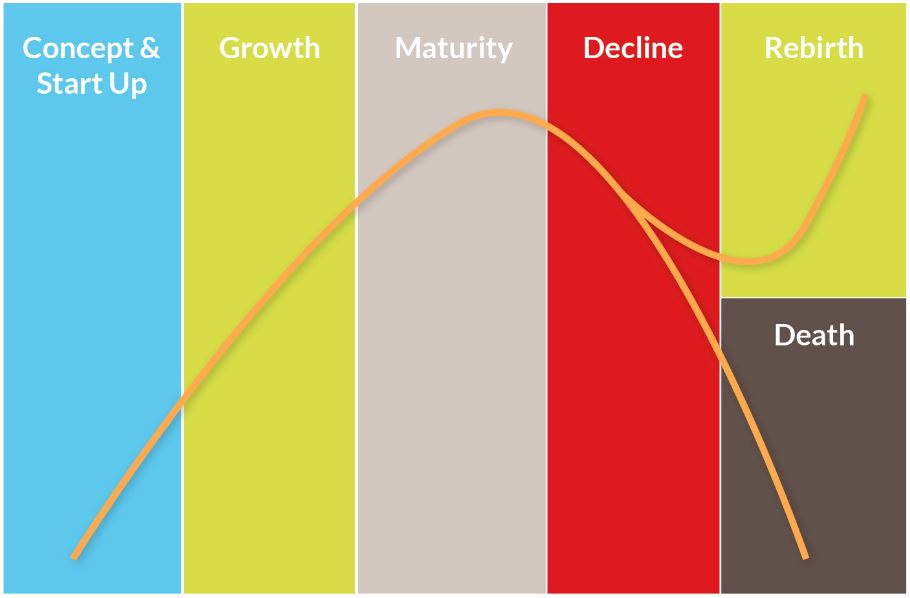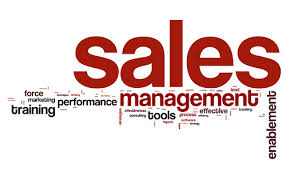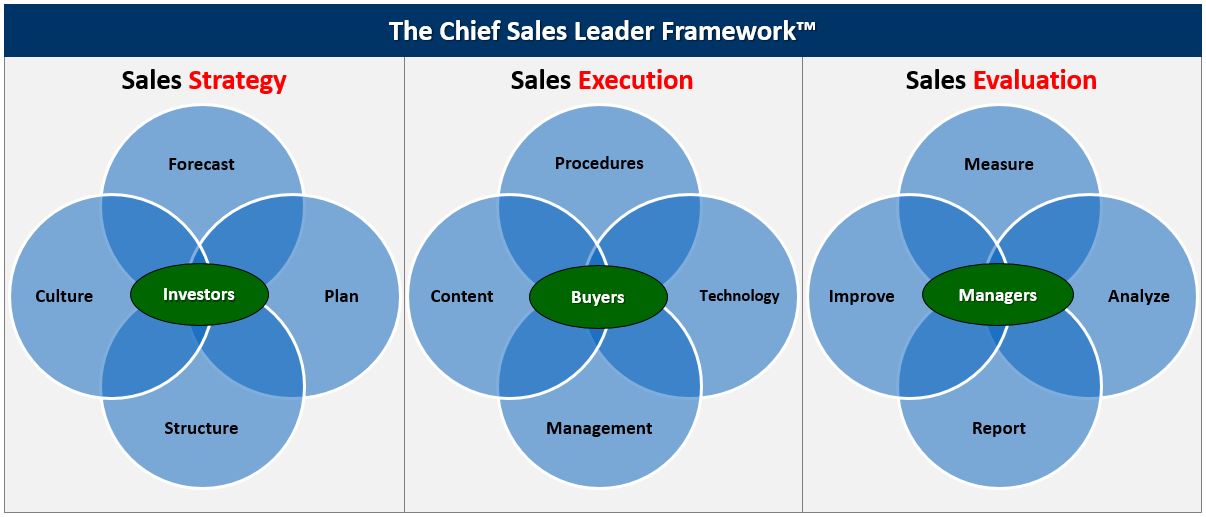Text Book
What is guiding your sales team to execute with precision – – effectively, efficiently & predictably?
Sales Process Management textbook
The Chief Sales Leader™ Text Book will provide a comprehensive set of principles on how to build, manage, improve, and merge the three (3) strategic and twelve (12) operating sales processes that are required for a sales team to execute with precision – – effectively, efficiently, and predictably, including:
- Framework – with processes, sub-processes, activities, and tasks
- Step-by-Step Instructions for building, improving, and merging sales teams
- Assessments – for pinpointing problems within and between processes
- Tools – to speed understanding and development of processes
- Case Studies – in multiple industries and stages of the business life-cycle
- Links – to government, industry and company information

The Chief Sales Leader™ Textbook will show people “how to” build, manage, improve, restructure, and merge sales processes and teams
To build sustainable revenue growth year-after-year, Chief Sales Leaders™ need to proactively manage twelve operating sales processes with precision – – effectively, efficiently, and predictably.
Unfortunately, most Chief Sales Leaders™ are not trained in the twelve operating sales processes and have little to no understanding of how to manage the cause-and-effect relationships within and between them.
To make matters worse, there is no single source that Chief Sales Leaders™ can turn to for guidance on all twelve operating sales processes.
This requires them to serve as “general contractors” sifting through a blizzard of academic theories, books by consultants, self-proclaimed experts, and thousands of blogs, articles, and videos that claim to solve their revenue growth problems.
The situation is further complicated by a blizzard of well-intended “expert advice” from accountants, lawyers, engineers, technical experts, investors, and owners about “what to do” to grow revenue.
Unfortunately, all of this well-intended advice, information, and tools more often than not results in wasted time, money, morale, and careers.
So we set out on a journey to create a single resource that Chief Sales Leaders™ can turn to for insight and “how to instructions” on how to bring precision – – effectiveness, efficiency, and predictability – – to sales processes, sales teams, and sales execution.
The result of our quest will be a single source that people can turn to for guidance on how to bring precision to sales execution. We believe that it will also bring respect to the sales profession through a more scientific approach to sales management.
Section I – The Chief Sales Leader Framework™
The Genesis of The Chief Sales Leader Framework™
After nearly 30-years of searching for a management solution for building sustainable revenue growth year-after-year I found a framework in an unlikely place – – a college textbook that had set on my bookshelf for 30-years – – called The Principles of Strategic Management.
The basic concept is that for a company, and its leaders, to achieve sustainable success year-after-year they need to proactively manage three strategic processes and twelve operating processes (see them in the image below).
If the Principles of Strategic Management are the foundation for building company success shouldn’t Chief Sales Leaders™, and the entire sales profession, use them to achieve sustainable revenue growth year-after-year?

Section II – The Business Life Cycle and Sales Team Management
The Business Life Cycle
- Start-up sales approach
- Building a sales team
- Improving a sales team
- Restructuring a sales team
- Merging sales teams

Section III – The Chief Sales Leader Framework™ Sales Strategy

Sales Forecasting
- Revenue forecast including recurring/renewals and new customer acquisition
- Sales pipeline activity forecast
- Sales productivity forecast
- Sales staffing forecast
- Selling expense forecast
Sales Planning
- Market/Industry plans
- Product and Service plans
- Pricing plans
- Customer plans
- Competitor plans
- Staffing plan
- Facilitating management plan
- Computer hardware plan
- Fleet management plan


Sales Organization Structure
- Sales channel structure
- Job structure and descriptions
- Sub-department structure
- Sales territory design
- Management span of control
- Decision-making authority
Sales Culture
- Alignment with company values and purpose
- Behaviors, beliefs, and assumptions
- Company history understanding
- Office environment
- Camaraderie
- Celebrations
- Community involvement
- Decision-making consistency
- Communication
- Commitment

Section IV – The Chief Sales Leader Framework™ Sales Execution

Sales Procedures
- New Customer Acquisition
- Renewing Customers
- Cross-Selling and Up-Selling
- Winning Back Past Customers
- Customer Service
- Channel Partner Sales
Sales Technology
- CRM system
- Marketing automation
- Customer service system
- Phone and auto-dialer systems
- Sales presentation library
- Knowledge management systems
- Productivity software
- Project management software
- Sales territory mapping
- Sales analysis and reporting software
- Human resource information system (HRIS)


Sales Content & Presentations
- Awareness building content i.e. blogs, white papers, checklists, etc.
- Evaluation content i.e. case studies, data sheets, comparisons, etc.
- Company information i.e. brochures, website
- Product and service demonstrations, FAQs, etc.
- Pricing and proposals
- Promotional materials
- Contracts, terms, and conditions
- Customer service information
Sales Management Procedures
- Hiring the right salespeople and managers
- Onboarding new salespeople and partners
- Coaching salespeople and managers
- Compensating, rewarding, and recognizing
- Evaluating performance
- Selling skill training
- Product, service and pricing training
- Succession planning

Section V – The Chief Sales Leader Framework™ Sales Evaluation

Sales Measurement
- Metrics tracked and definitions
- Performance goals and benchmarks
- Database structure for tracking
- Data recording
- Automation for tracking sales data
Sales Analysis
- Sales data storage and feeds
- Cleaning sales data
- Hypothesis testing
- Gap analysis
- Recommendation development


Sales Reporting
- Data gathering for reports
- Report preparation
- Presentation of report
- Meeting management
Sales Process Improvement
- Problem-solving facilitation
- Improvement prioritization
- Action planning for improvements
- Reporting on improvements
- Improvement meeting management


